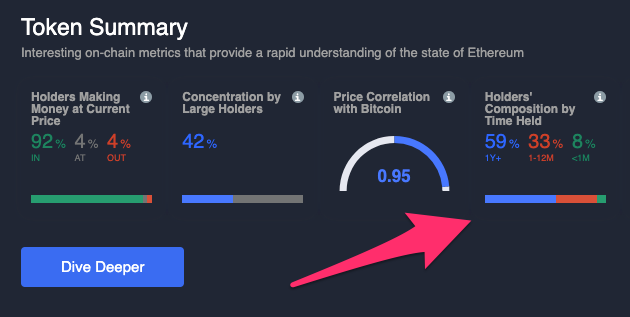Cupid's Hookup Guide
Unlock the secrets to modern dating with our insightful tips and advice.
Decoding the Blockchain: A Deep Dive into On-Chain Transaction Analysis
Unlock the secrets of blockchain! Dive deep into on-chain transaction analysis and discover hidden insights that could change your perspective.
Understanding On-Chain Transactions: How Blockchain Technology Works
Understanding On-Chain Transactions is essential for anyone interested in the fundamentals of blockchain technology. At its core, on-chain transactions refer to the transfer of assets that are recorded on the blockchain ledger. This process involves a user initiating a transaction which is then broadcasted to a network of nodes. These nodes validate the transaction using complex cryptographic algorithms, ensuring that the transaction is legitimate and that the sender has sufficient balance. Once verified, the transaction is bundled with others into a block and added to the existing blockchain, creating a permanent and transparent record.
One of the key advantages of on-chain transactions is their immutability. Once a transaction is confirmed and added to the blockchain, it cannot be altered or deleted, which enhances the security and integrity of the data. Additionally, on-chain transactions enable decentralization, as they are processed by a distributed network rather than a centralized authority. This not only reduces the risk of fraud but also promotes transparency, as all transaction history is accessible to any participant in the network. Ultimately, mastering the concept of on-chain transactions allows users to harness the true potential of blockchain technology.

Counter-Strike is a popular first-person shooter game that pits teams of terrorists against counter-terrorists in various objective-based game modes. Players engage in tactical gameplay that involves strategy, teamwork, and quick reflexes. If you're looking for a special offer, check out the bc.game promo code to enhance your gaming experience.
The Importance of Analyzing On-Chain Data: Unlocking Insights from Blockchain
In the rapidly evolving world of blockchain technology, the importance of analyzing on-chain data cannot be overstated. On-chain data refers to all transactional information that is recorded directly on the blockchain, providing a transparent and immutable record of every transfer, smart contract execution, and asset movement. By harnessing this data, analysts and businesses can unlock valuable insights that lead to better decision-making and strategic planning. For instance, understanding transaction trends can help identify patterns of user behavior, while monitoring wallet activity can reveal signs of market sentiment and potential fluctuations.
Moreover, analyzing on-chain data empowers participants in the blockchain ecosystem to make informed decisions. Various tools and platforms allow users to visualize this data, enabling them to identify trends, track liquidity, and even monitor the activities of large holders or 'whales.' As the cryptocurrency market becomes increasingly competitive, leveraging on-chain data has become a crucial practice for traders, investors, and developers alike. By integrating on-chain analytics into their strategies, stakeholders can enhance their understanding of market dynamics, ultimately leading to a more informed approach to investment and development.
What Can On-Chain Transaction Analysis Reveal About Cryptocurrency Trends?
On-chain transaction analysis provides invaluable insights into the ever-evolving landscape of cryptocurrency trends. By examining the behavior of transactions recorded on a blockchain, analysts can identify patterns that indicate market movements, investor sentiment, and the overall health of various cryptocurrencies. For instance, spikes in transaction volume often correlate with significant price changes, allowing traders to predict potential bullish or bearish trends. Moreover, tracking wallet interactions can reveal the activity of large players, known as 'whales,' whose actions often influence market dynamics.
Furthermore, on-chain analysis can highlight trends related to user adoption and network usage. Metrics such as active addresses, transaction frequency, and network fees provide a comprehensive view of how the community engages with specific cryptocurrencies. By analyzing these metrics, investors can discern which projects are gaining traction and which may be losing interest. Ultimately, tapping into the power of on-chain transaction analysis empowers stakeholders to make more informed decisions, aligning their strategies with the prevailing trends in the cryptocurrency market.